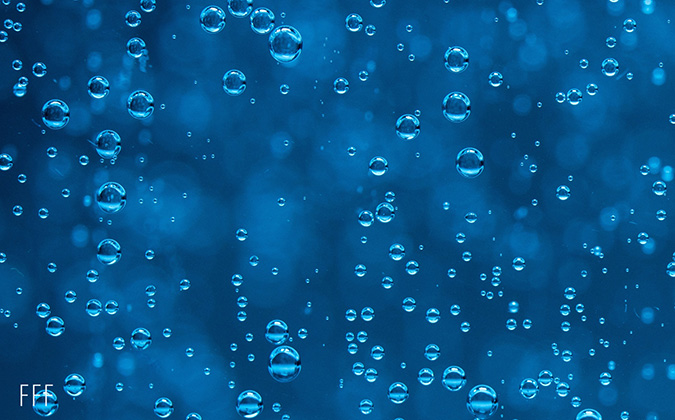
Data and feed helping tackle some of Europe’s prevalent fish-health threats
A Europe-wide project is helping establish new approaches to tackle economically important parasites and pathogens, both in the Mediterranean and Norway.
The EU-funded NewTechAqua project began in 2020 and is set to conclude at the end of 2023. It has supported projects ranging from fish production performance and health and welfare, through to the optimization of husbandry conditions for novel European aquaculture species.
One particularly fruitful project involved the use of artificial intelligence (AI) and novel feed ingredients to tackle the gill parasite Sparicotyle chrysophrii — one of the most significant health problems affecting gilthead seabream in the Mediterranean.1
The research team validated a new feed formulation for an entire season on a Croatian fish farm, seeing reductions in the presence of the parasite on the fishes’ gills, explained Alessio Bonaldo, DVM, NewTechAqua project coordinator.
At the same time, another team developed a predictive AI model to provide early warning to farmers of high levels of S. chrysophrii in nearby waters.
“Once the farmer is informed about this risk, of course, they can act accordingly to protect the fish. This might mean moving them or protecting cages with barriers. If they know the risk, then they can develop a suitable strategy,” Bonaldo said.
Predictive power
The predictive technology used in the Mediterranean was adapted from a bigger model, developed by The Seafood Innovation Cluster in collaboration with the researchers at the Norwegian Veterinary Institute, targeting sea lice — a multi-million-dollar problem for salmon producers.
The Norwegian model used Aquacloud, a huge data set containing comprehensive information on sea lice outbreaks on farms and environmental conditions. This provides even greater predictive power, to inform fish farmers when they are likely to face the biggest risks and allow them to prepare barriers against the parasites.
“This is a very good example, showing that it is now possible to develop new strategies to protect fish and reduce the use of treatments by using new feeds and technologies as part of what is known as aquaculture 4.0,” he continued.
The projects also helped build the knowledge base about the parasites present in these two prominent regions of European aquaculture.
“We followed two farms, one in the Mediterranean and one in Norway, for a very long period, sampling fish and gills routinely. We have now more data about the presence of these parasites in farms thanks to this work,” he noted.
Success with lower-tech options
When managing a project covering a diverse industry, considering both large-scale producers and family-run companies is important, Bonaldo stressed. Smaller farming companies are less likely to be able to take on technologies that require monitoring of large numbers of parameters, but it is possible to find solutions that work for them.
He noted one example at a smaller producer in Italy, who are project partners, but rather than advanced systems, have had a new oxygen monitor installed at their facility alongside the introduction of a new functional feed.
“In this way, it was possible to increase fish welfare, because the oxygen is now more stable during the day. They also saved some money, because they realized that they were using too much oxygen at certain points in the day. So, welfare and the efficiency of their farm improved with just one sensor and a Wi-Fi connection,” he said.
Navigating a complex future
In the final part of the project, researchers are evaluating the potential economic impact of the innovations, with this work being completed before the end of the year. There also remains the challenge of effectively disseminating the findings of the various research strands. The recent Aquaculture Europe conference was one such route, he said, while the Federation of European Aquaculture Producers — being part of the NewTechAqua consortium — is assisting in getting relevant information to the industry.
Bonaldo sees climate change as a major factor driving continued technological developments in the coming years, noting that while some research has shown that in the Mediterranean, higher temperatures could increase productivity and shorten production cycles in some species, it is likely to also increase the virulence of pathogens.
“We have to develop climate-change-resilient aquaculture technology now. We must increase production because we need more food, but we need to do it in a more sustainable way. We should also diversify the production in terms of fish species and also fish products. So, it’s a very complicated situation. But that’s our job,” he added.
1 Mladineo I, Volpatti D, Beraldo P, Rigos G, Katharios P, Padros F. Monogenean Sparicotyle chrysophrii: The major pathogen of the Mediterranean gilthead seabream aquaculture. Rev Aquac. 2023.
Posted on: October 16, 2023






